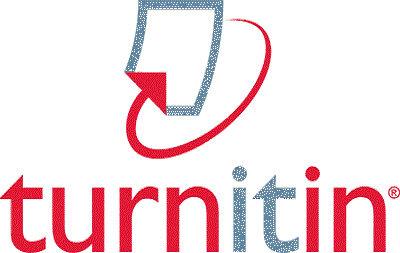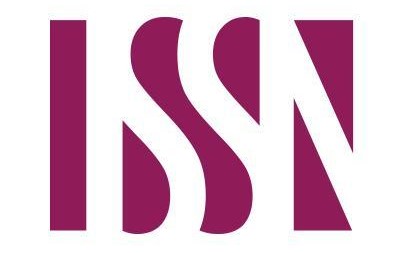The effect of an educational approach using a performance-based assessment strategy in teaching handball shooting skills to students
Main Article Content
Abstract
The research aimed to prepare an educational curriculum using the performance-based assessment strategy for the shooting skill. The researchers used the experimental method, and the research sample was selected by lottery, where the experimental group represented 20 students and the control group represented 18 students from the original community. The results were presented, analyzed, and discussed, and the researchers concluded that the experimental group sample (performance-based assessment strategy) was superior to the control group sample (the curriculum followed by the teacher). Accordingly, it was recommended: Adopting the performance-based assessment strategy to teach other skills and other games
Article Details

This work is licensed under a Creative Commons Attribution-NonCommercial 4.0 International License.
References
Abdulrazzaq, N. K., Moseekh, L. Z., Ali, S., & Danhash, H. A. S. (2024). The effect of a proposed educational program using specific exercises to develop motor response, motor satisfaction, and short-term defensive movement skills in handball. A Peer-Reviewed, Open Access, International Journal, 33, 59–69.
Adel, F. A. (2000). The impact of using knowledge base systems in learning programs using the symbolic model to learn offensive fencing skills [PhD thesis]. University of Baghdad.
Al Diwan, L. H. (2009). Effective Methods of Teaching Physical Education. Al-Nakhil Press, Basra.
Aldewan, L. H., & Sheikh Ali, H. F. (2016). Fundamentals of Teaching Physical Education. Al-Basair House and Library, Lebanon, 260.
Al-Khayat, D., & Al-Hayali, N. (2001). Handball (p. 104). Dar Al-Kutub for Printing and Publishing.
Alsaeed, R., Kazem, H. A., Kamel, S. S., & Jawad, W. Q. (2024). Specific assessment exercises based on visual sensory modeling and its effect on some biomechanical indicators of spiking skill in volleyball. Journal of Studies and Researches of Sport Education, 34(3). https://doi.org/DOI:https://doi.org/10.55998/jsrse.v34i3.753
Haider, A. R. (2015). Basics of writing scientific research in physical education and sports sciences (1st edition, p. 128). Al-Ghadeer Printing and Publishing Company Limited.
Hassan, M. M., sami Shabib, S., & Shabib, A. S. (2025). The effect of the visual motor task learning model supported by VAR (Venetian motor task learning) technology on the motor learning outcomes of some basic boxing skills for students. Journal of Sports Education Studies and Research, 35(2), 47–58. https://doi.org/DOI:https://doi.org/10.55998/jsrse.v35i2.1056
Jassim, A. H., Ali, M. M., & Ali, S. A. (2025). The effect of tactical approach exercises on developing some offensive handball skills. Journal of Sports Education Studies and Research, 35(1), 163–174. https://doi.org/DOI:https://doi.org/10.55998/jsrse.v35i1.750
Kadhim, M. A. A. (2024). The effect of the SQ3R strategy on learning the effectiveness of the long jump for students. Journal Mustansiriyah of Sports Science, 5. https://www.iraqoaj.net/iasj/article/312713
Kamal, A. H., & Mohamed, S. H. (2001). Modern Handball Quadrilateral (p. 70). Book Center for Publishing.
Maher, I. Y. (1998). Introduction to Learning Technology (Vol. 2, p. 8). Dar Al Fikr.
Marzano, R. J., Pickering, D., & McTighe, J. (1993). Assessing student outcomes: Performance assessment using the dimensions of learning model. ERIC.
Moseekh, L. Z. (2006). The effect of a proposed curriculum for developing the basic skills of volleyball players. Journal of the University of Anbar for Humanities, 2.
Muhammad, S. S. (2019). The Effect of Cooperative, Competitive, and Integrative Learning on Teaching the Skills of Smashing and Blocking in Volleyball [Master’s Thesis]. University of Basra.
Rasoul, T. H. A., Shabib, S. S., Mohammed, L. H., & Ghazi, M. A. (2024). The impact of climate change on the flow of the teaching unit during the teaching of some basic skills in the physical education lesson. Wasit Journal of Mathematical Sciences, 19(2), 160–176. DOI: https://doi.org/10.31185/wjoss.464
Wadih, Y., & Hassan, M. (1999). Statistical applications and computer uses in physical education research (pp. 160–161). Dar Al-Kutub for Printing and Publishing.





 IASJ
IASJ CC-BY-4.0
CC-BY-4.0 turnitin
turnitin ISSN
ISSN DOAJ
DOAJ Crossref
Crossref GoogleScholar
GoogleScholar Orcid
Orcid